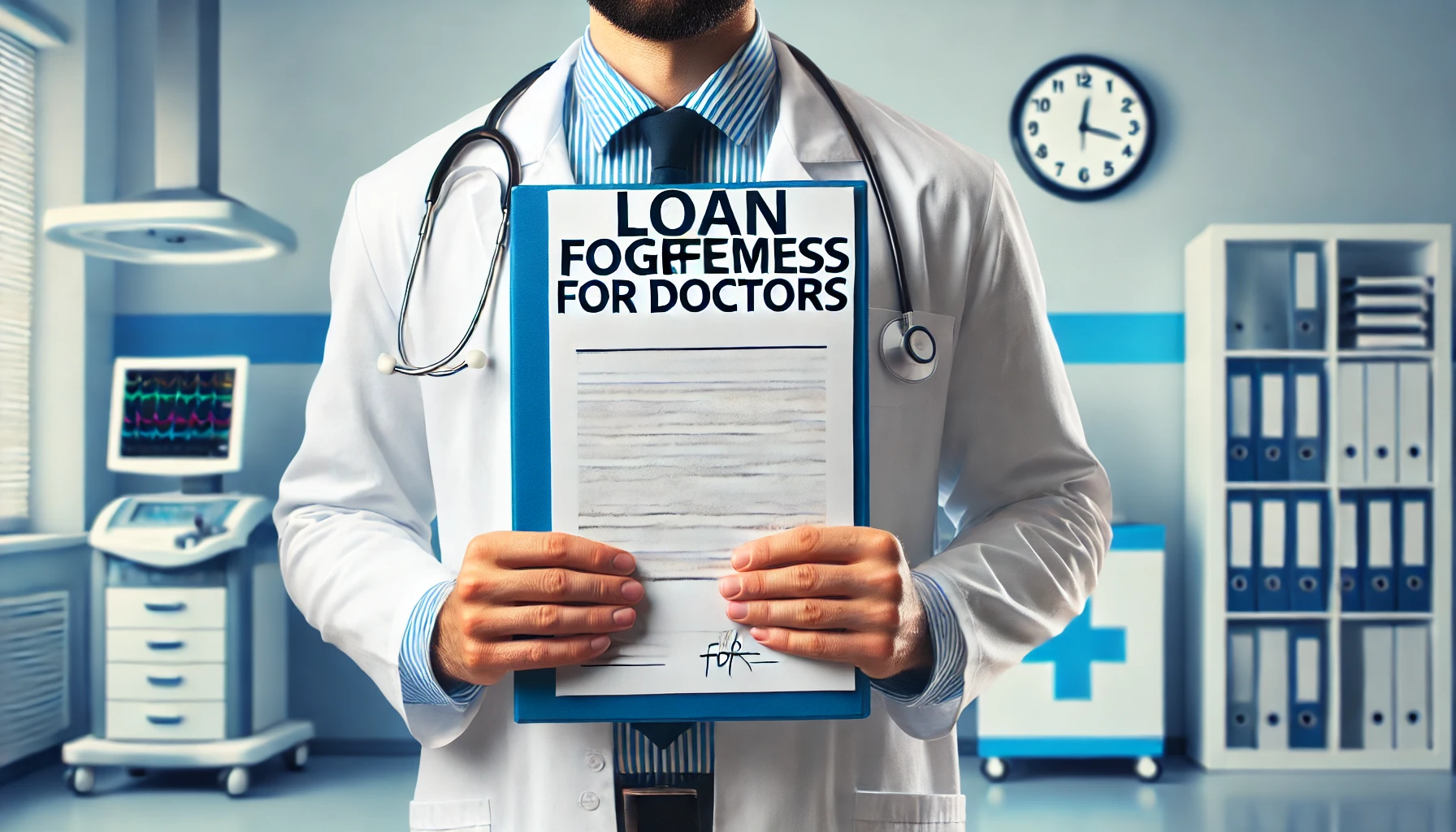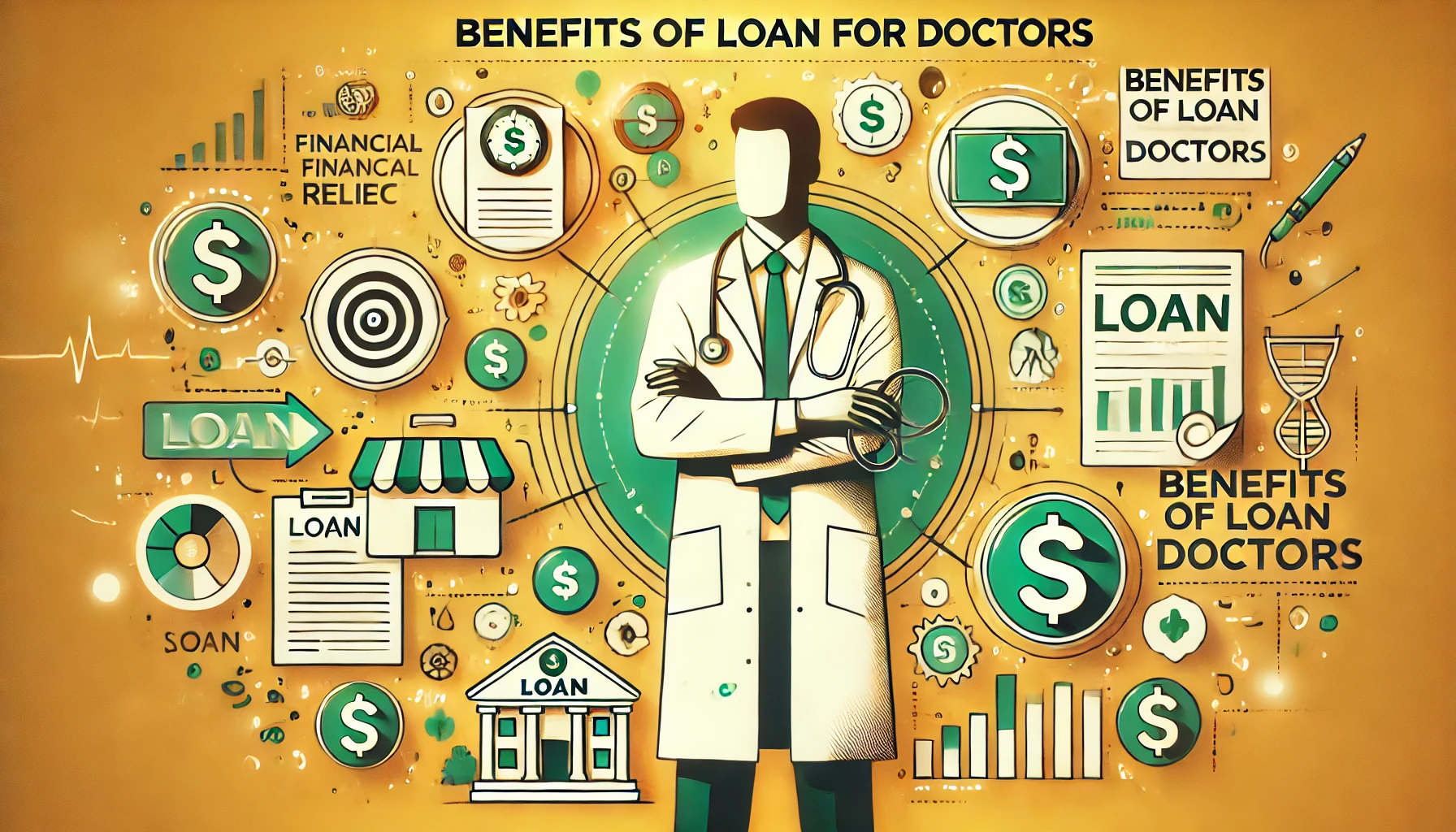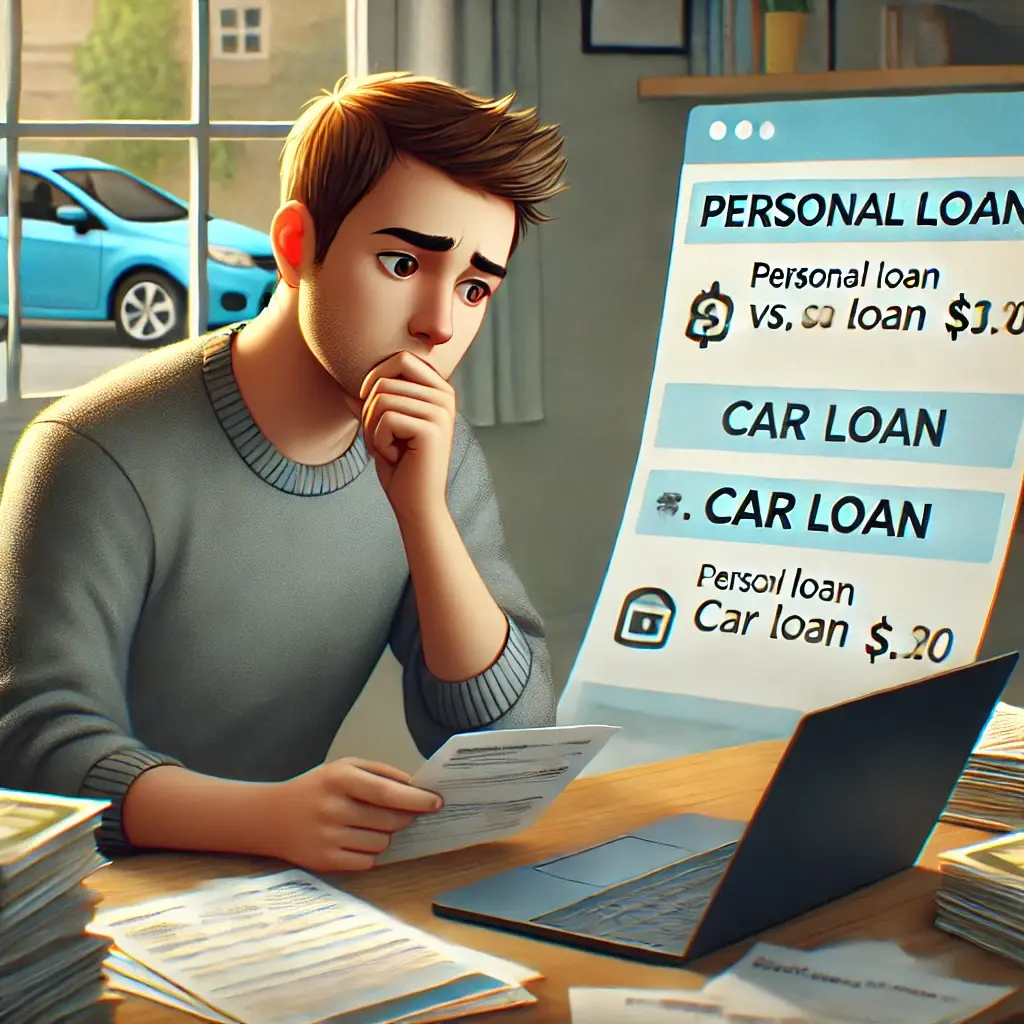How can doctors qualify for student loan forgiveness for Doctors After 10 Years ? Doctors can qualify for student loan forgiveness after 10 years of dedicated service under specific programs. These often focus on medical professionals who use federal loans and participate in a qualified repayment plan.
By committing to consistent student loan payments, doctors can see a significant portion of their student debt forgiven. This guide will explore a complete guide on loan forgiveness for doctors after 10 years.
Student Loan Forgiveness for Doctors After 10 Years
Student loan forgiveness for doctors provides relief from the heavy financial burden of medical education. With high student loan debt, many doctors face challenges in their early careers. Forgiveness programs can ease their stress by reducing or eliminating federal loan balances through structured repayment plans.

Why Loan Forgiveness Matters for Medical Professionals
How do Loan Forgiveness Programs work?
Loan forgiveness programs help reduce or eliminate education loan balances for eligible borrowers. They require participants to follow specific conditions, such as enrolling in an income-driven repayment plan or working in certain professions. Programs like the state loan repayment program target individuals with federal direct loans or those in a student loan repayment program.Benefits of Loan Forgiveness
Loan forgiveness provides relief from financial stress caused by monthly student loan payments. It allows borrowers to have part of their loans forgiven after meeting program requirements. Medical school loan forgiveness helps doctors focus on their careers instead of worrying about state loan repayment or private student loans.
Loan Forgiveness Programs for Doctors After 10 Years
Public Service Loan Forgiveness (PSLF) for Doctors
How PSLF Benefits Medical Professionals
- The PSLF program offers significant relief to medical professionals by forgiving their remaining federal loan balance after 10 years of qualifying payments.
- Doctors who use loan repayment assistance through this program can reduce their average medical school debt.
- They no longer need to worry about monthly student loan payments after meeting the requirements.
Key Steps to Apply
- To apply for the PSLF program, doctors must first ensure they work in qualifying public service jobs.
- They must make consistent monthly student loan payments under a qualifying repayment plan, such as an income-driven repayment plan.
- After meeting the necessary criteria, their remaining federal loans can be forgiven.
Income-Driven Repayment (IDR)
Other Loan Forgiveness Programs
Federal Student Loan Forgiveness Programs
What are Federal Student Loan Forgiveness Rules
Federal student loan forgiveness programs offer relief to medical professionals by forgiving remaining federal student loan debt after several years of repayment. The rules for these programs require medical professionals to make regular payments under an eligible repayment plan, like an income-driven repayment plan. These programs also provide student loan repayment assistance for doctors who commit to working in qualifying health service roles for a certain number of years.
Benefits of the Federal Loan Forgiveness Program
- Federal student loan forgiveness can significantly reduce the financial burden of medical school debt.
- Doctors who qualify for these programs can have their remaining federal student loans forgiven after years of commitment.
- This benefits student loan borrowers by reducing the average medical school debt and lowering monthly payments, freeing them to focus on their careers.
Health Service Loan Repayment Options
National Health Service Corps Loan Repayment Program
Indian Health Service Loan Repayment Program
The Indian Health Service Loan Repayment Program helps doctors pay off their student loans in exchange for service in the NHS. This program offers loan forgiveness options for doctors who commit to working in underserved areas. After fulfilling their service commitment, they can have their federal student loan debt forgiven, making it easier to manage their financial obligations.
Service Corps Students to Service Program
The Service Corps Students to Service Program offers medical professionals a chance to receive loan repayment assistance in exchange for their service. By participating in this program, doctors can consolidate their loans and commit to working in health shortage areas. The program helps them pay off their student loans while gaining debt forgiveness after completing the required years of service.
How to Apply for Loan Forgiveness for Doctors

Eligibility for Loan Forgiveness for Doctors After 10 Years
Types of Student Loans That Qualify for Forgiveness
To get student loan forgiveness, you need to ensure that your loans qualify for the program. Federal student loans, such as Direct Loans and Federal Family Education Loans (FFEL), generally qualify for forgiveness. National Health Service Corps students can qualify for student loan forgiveness by working in underserved areas. Private loans and consolidation loans may not qualify, so it is important to check the specifics of your loan type.
Who is Eligible for Student Loan Forgiveness
To qualify for student loan forgiveness, borrowers must meet certain requirements. Medical professionals, such as National Health Service Corps students, who work in underserved areas or public service sectors often qualify. Additionally, borrowers must work full-time and make consistent payments on their loans to be eligible for forgiveness options.
Specific requirements for forgiveness after 10 years.
Common Challenges
- One of the main challenges doctors face in loan forgiveness is the amount of student loan debt they carry.
- Many medical professionals have much student loan debt, which can make it difficult to qualify for loan forgiveness.
- Additionally, doctors must commit to years of eligible payments, often ten years of repayment, to get federal student loan debt forgiven.
- Navigating the different forgiveness programs can be overwhelming, and the process may require careful planning.
Strategies to Manage Medical School Debt
Managing medical school debt can be tough, but there are strategies to help. The Physician Education Loan Repayment Program can offer significant relief by helping doctors pay off their remaining student loan balance. Many doctors choose an income-driven repayment plan, which adjusts monthly payments based on income.
Exploring potential paths to student loan forgiveness, like working in underserved areas for two to four years, can also reduce the burden of medical school debt. EIDL loan forgiveness could be an additional option for medical professionals who may be facing financial challenges due to the pandemic or other reasons.



